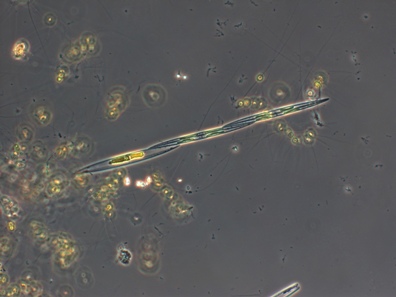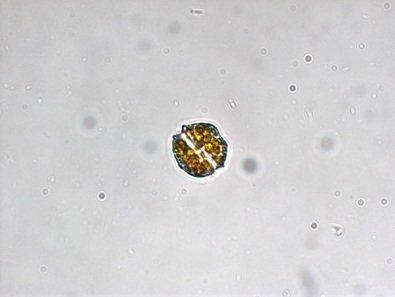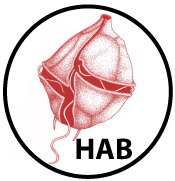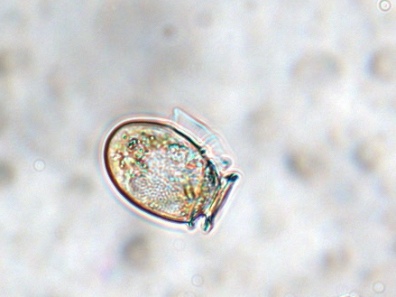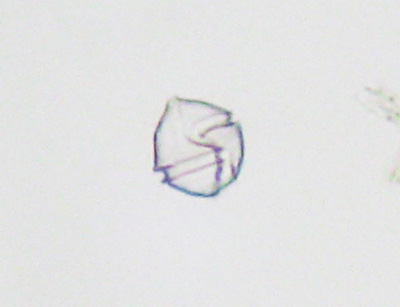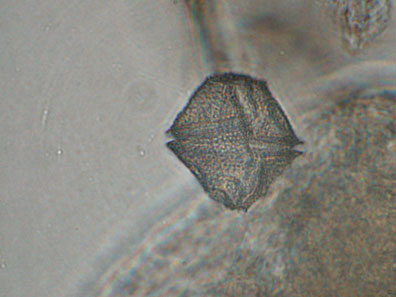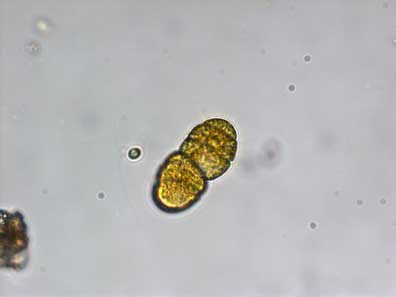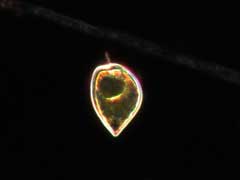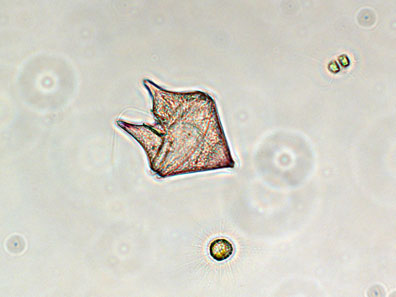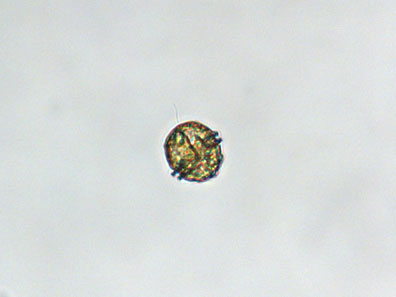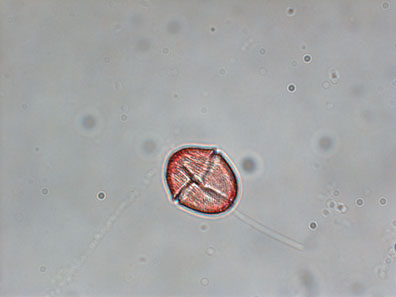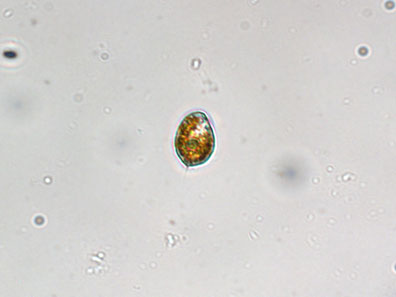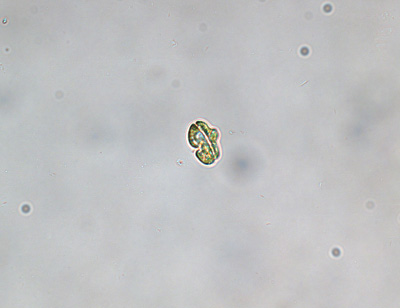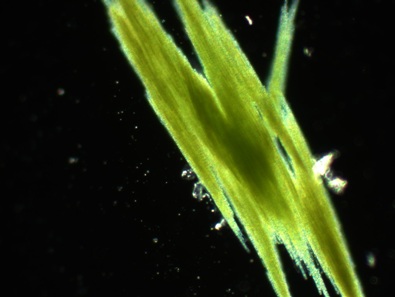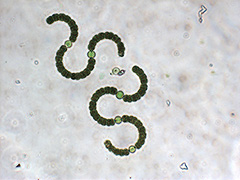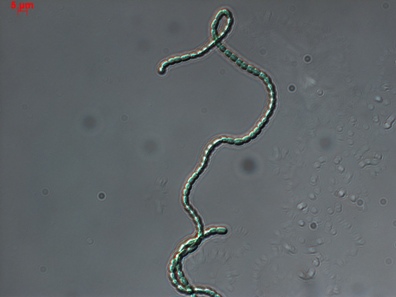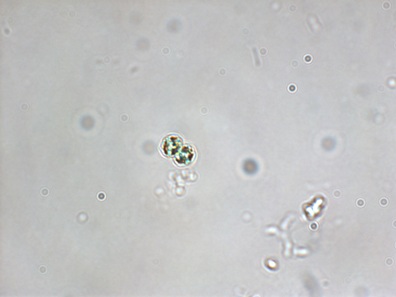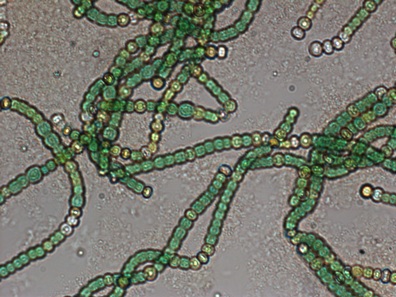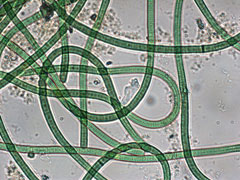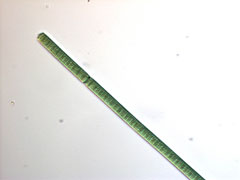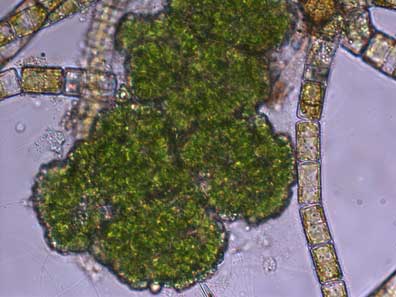 |
||||
Saltwater |
|
|||
A bloom of a toxin-producing phytoplankton can lead to a Harmful Algal Bloom (HAB). HABs are blooms that cause harm to other organisms. For photos of Harmful Algal Blooms and red tides, click here. On this webpage, toxigenic phytoplankton are indicated by this symbol: ------------------------ |
||||
For more information on Harmful Algal Bloom research and monitoring in Monterey Bay, visit the Monterey Bay HAB Portal here. For news of toxic events and HAB monitoring in California, visit www.habmap.info. Toxins A variety of toxins can be produced by phytoplankton and cyanobacteria. Some are hepatotoxins, which affect the liver, and otheres are neurotoxins, which affect the nervous system. Hepatotoxins: cylindrospermopsin, microcystins, nodularins, yessotoxin Toxin Producers |
||||
| Freshwater | ||||
|
||||
|
placeWoronichiniah |
||||
